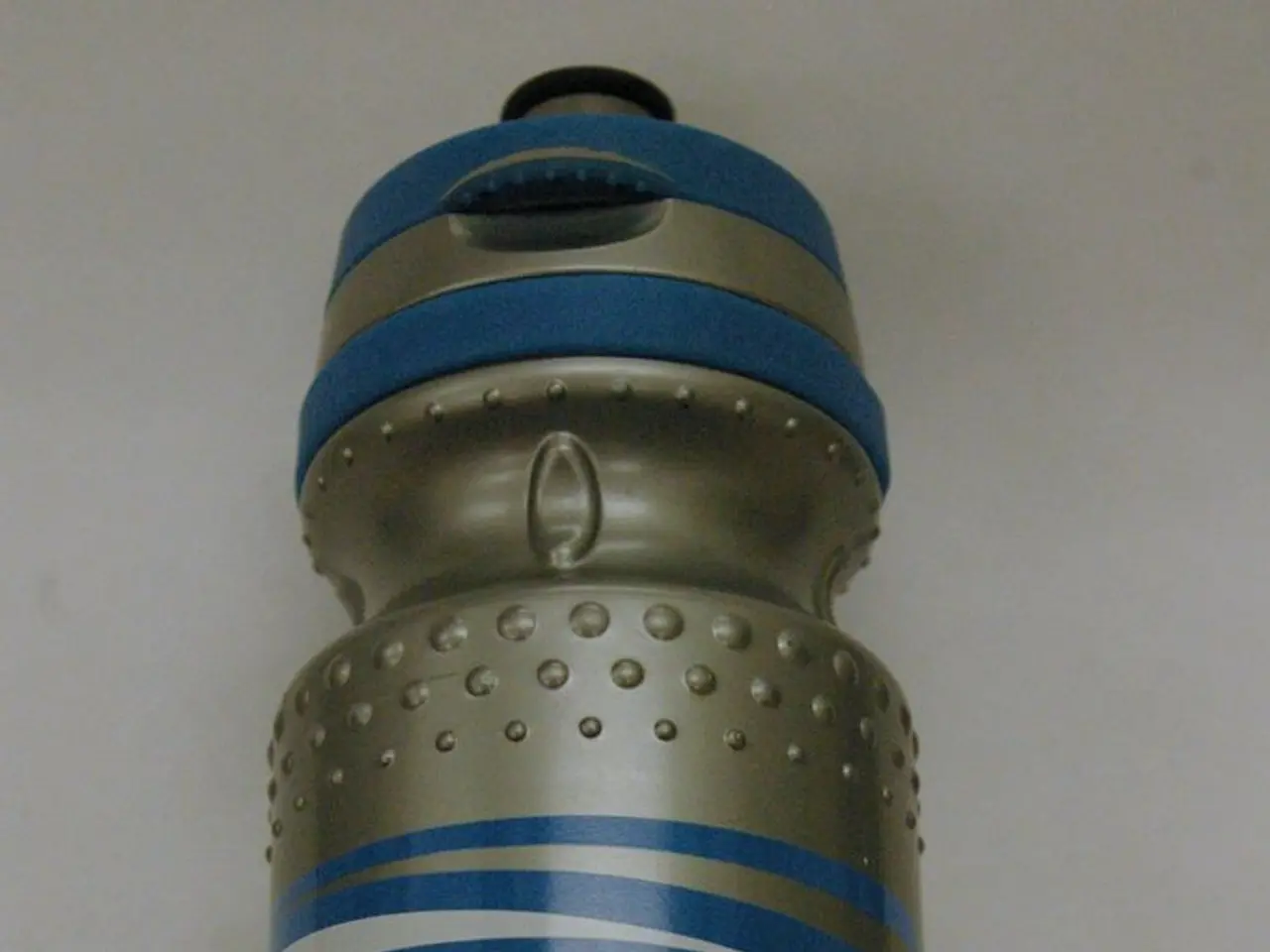Gene in Preclinical Studies Suggests Possible Treatment for Barth Syndrome
In a groundbreaking development, researchers have identified a potential new therapy for Barth Syndrome, a rare and life-threatening genetic condition. The discovery, centred around the gene ABHD18, has been hailed as a significant step forward in understanding and treating this little-known disease.
The University of Toronto's Professor Moffat is at the forefront of this research, seeing ABHD18 as a direct path to correcting the underlying problem of Barth Syndrome. Moffat believes that this gene, which acts as a suppression gene that affects the pathway involved in CL production, can provide real hope for patients and families affected by the condition.
The Tafazzin gene, essential for healthy mitochondria, is at the heart of Barth Syndrome. A failure of this gene leads to less cardiolipin and more monolysocardiolipin in tissues. ABHD18 was initially an uncharacterized gene with no described function, but it was discovered to encode a key regulator of cardiolipin metabolism.
The scientists involved in the discovery of ABHD18 as a potential therapeutic target for Barth syndrome include researchers from the Max Planck Institute of Biochemistry in Germany. A recent study titled "Genetic suppression features ABHD18 as a Barth syndrome therapeutic target" may lead to targeted therapies for the condition.
The small-molecule drug ABD646, developed by these researchers, can block ABHD18. Inactivation of ABHD18 in cells and mice results in a shift to nCL in serum and tissues. ABD646 successfully reduced MLCL levels in multiple preclinical models of Barth syndrome, offering a promising avenue for future treatment.
Improved mitochondrial health and heart function were observed in studies using a zebrafish model and patient-derived cells with ABD646. Vincent Blomen, PhD, described the results as one of the most striking examples of a disease modifier.
Barth Syndrome is a rare X-linked genetic condition that affects mostly boys. Patients with Barth Syndrome experience muscle weakness, frequent infections, and cardiomyopathy. Many children with Barth Syndrome do not live past early childhood. Heart transplants can help manage cardiac symptoms of the condition, but a cure has remained elusive until now.
This research is a perfect example of how research can inform new therapies and care for rare conditions like Barth Syndrome. Moffat and his team's work offer a glimmer of hope for the families affected by this devastating condition, providing a potential path towards a brighter future.








